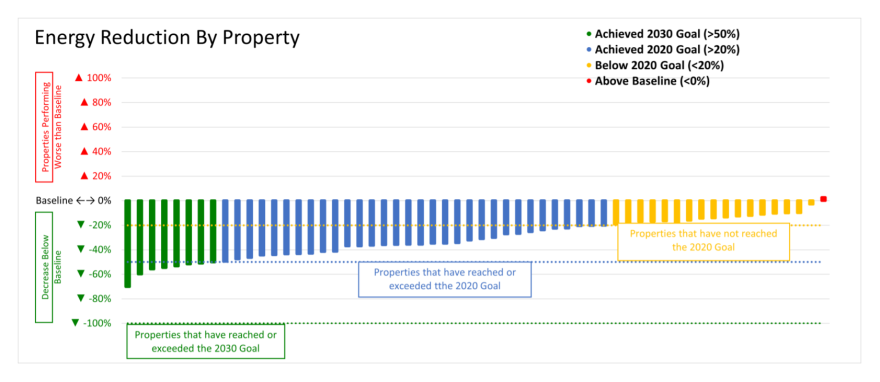A group of more than 300 local buildings is well ahead of a goal to reduce energy consumption.
Cincinnati's 2030 District is a partnership of businesses, developers and building managers committed to addressing climate change. Their goal was to reduce energy consumption at least 20% by 2020. A new report on data through the end of last year shows an average 30% reduction in energy use.
"But what's notable is that the 2019 progress report already showed that the District was ahead of target," says Director Elizabeth Rojas. "So with those two data points, we can see that the District is really positioned very well to meet the goals of 50% reductions by 2030."
Rojas says the pandemic had a significant impact on office buildings in particular, as many people worked from home in 2020.
"With the pandemic, the early days especially, different buildings addressed the needs in different ways," she says. "Some of them ran their systems at higher capacities, and others actually shut down many of their systems because they may have been closed."
The members are also working to reduce water consumption and transportation emissions. Rojas says the District is still finalizing the complicated metrics for measuring that data.
Cincinnati is one of 23 2030 Districts in the U.S. Rojas says Cincinnati is one of the few to adopt a fourth focus area: healthy buildings. It's a guide to making buildings not just more energy-efficient, but also healthier for occupants.
"This is really a unique program, not only because it looks at so many aspects of occupant health within the built environment, but also because it's addressing it at a community scale," Rojas says. "We really tailored this to focus on the community health needs that are most disconcerting in this area."
For example, this region has one of the highest rates of particle pollution in the U.S. — and the Healthy Building Model includes strategies to improve indoor air quality.
Rojas says other communities have reached out to learn more about the Cincinnati 2030 District's healthy buildings plan.



